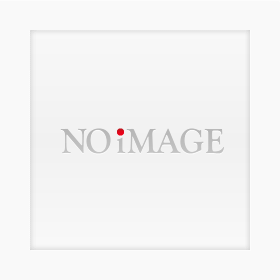[Pharmaceutical Industry Case Study] What is Coating that Reduces Workload in Pharmaceutical Manufacturing?
We will introduce a coating case that facilitates the transportation of containers for administering laxatives, thereby improving productivity.
■Customer's Concern A customer who manufactures pharmaceuticals such as laxatives reported an issue where, when filling products into containers shaped like tears and sending them on trays to the next process, the trays and containers had poor sliding, requiring significant force and time to push them out. ■Solution to the Problem By adopting the Super TP Hemisphere Graphic, we formed unevenness of fluororesin on the surface of the tray, improving its slip properties. As a result, products can be slid with much less force compared to the current trays, successfully reducing the workload. ■Coating that Led to the Solution Yoshida SKT Super TP Hemisphere Graphic
- Company:吉田SKT
- Price:Other
![[Pharmaceutical Industry Case Study] What is Coating that Reduces Workload in Pharmaceutical Manufacturing?](https://image.mono.ipros.com/public/product/image/4e2/2001093036/IPROS14142662700456299561.jpg?w=280&h=280)











